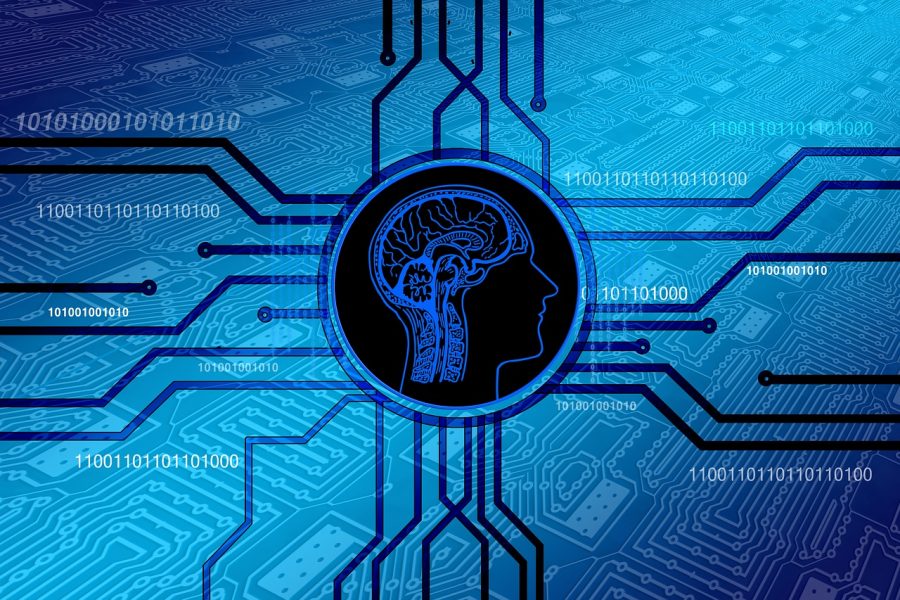Machine learning (ML) is today one of the most appealing areas of Artificial Intelligence. It aims to develop computer algorithms that improve with experience, to assist humans in the analysis of large, complex data sets. Many real-word problems can in fact be solved with the aid of computational methodologies; this paper focuses specifically on state-of-the art ML applications to bioinformatics and neuroimaging.
Bioinformatics is an interdisciplinary field in which new computational methods are developed to analyze biological data and to make biological discoveries. For example, two typical tasks in genetics and genomics are the processes of sequencing and annotating an organism’s complete set of DNA. In neurosciences, neuroimaging techniques, such as computerized tomography (CT), positron emission tomography (PET), functional magnetic resonance imaging (fMRI), and diffusion tensor imaging (DTI), are used to study brains in vivo and to understand the inner workings of the nervous system. The application of ML to biological and neuroimaging data opens new frontiers for biomedical engineering: improving our understanding of complex diseases such as cancer or neurodegenerative and psychiatric disorders. Advances in this field can ultimately lead to the development of automated diagnostic tools and of precision medicine, which consists in targeting custom medical treatments considering individual variability, lifestyle and environment.
In WIREs Data Mining and Knowledge Discovery, authors Angela Serra, Paola Galdi, and Roberto Tagliaferri discuss how ML techniques, such as clustering, classification, embedding techniques and network-based approaches, can be successfully employed to tackle complex problems such as gene expression clustering, patient classification, brain networks analysis, and identification of biomarkers. Inspiring examples and short descriptions of cutting-edge techniques such as deep learning and multi-view learning methodologies are included in this review article as a guide to non-expert readers.
Kindly contributed by the Author.

















